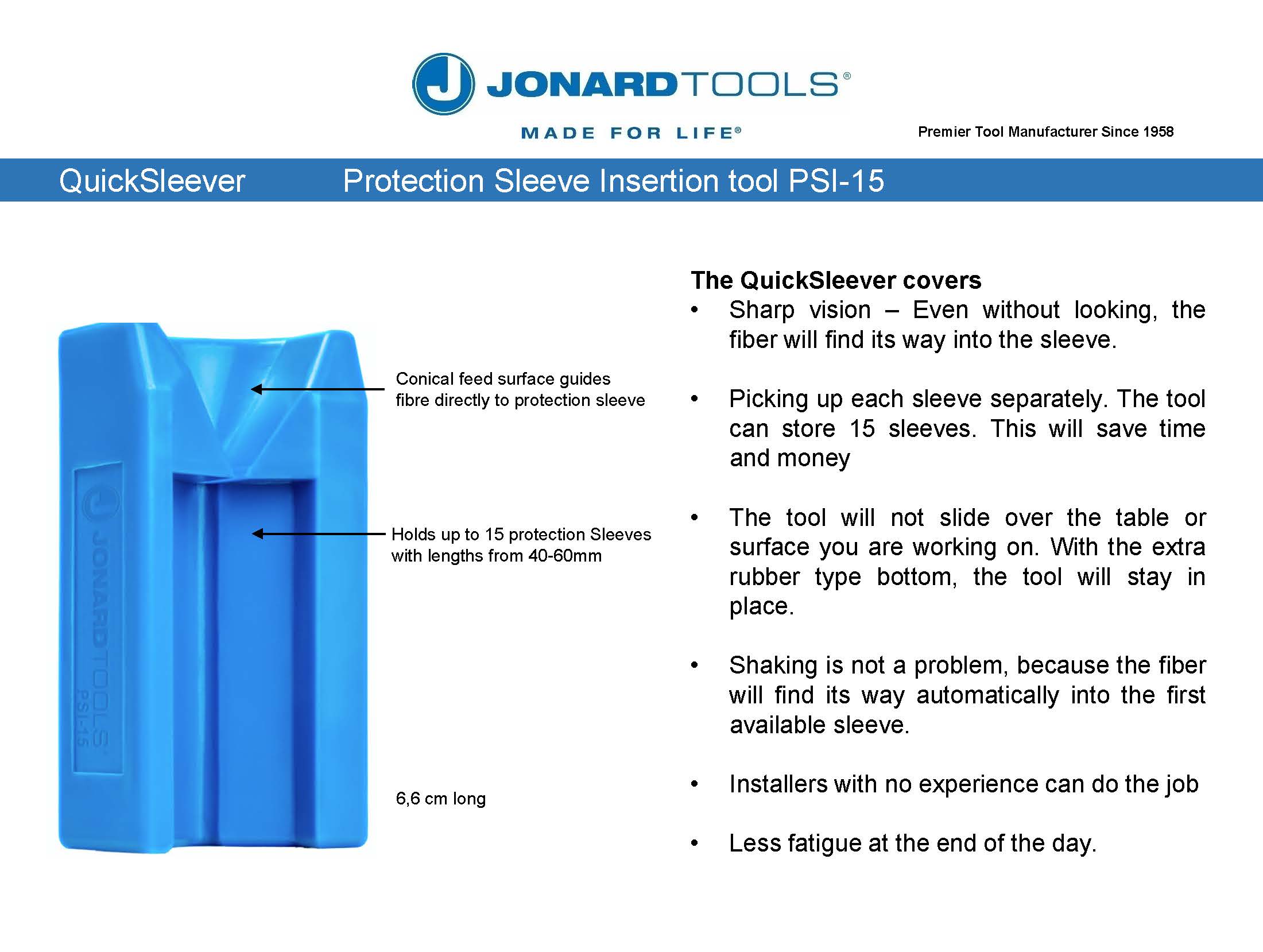What are protection sleeves?
Protection sleeves are commonly used when two fibers are fusion spliced together. The protection sleeve is meant to protect the splice joint and exposed fiber after the splice has been completed.
Fusion splicing is a process where two optical fibers are aligned and then joined together by melting the optical glass in a controlled manner. Once this is completed, the splice provides an almost 0dB loss connection. The splice may be tested for Tensile strength as a final test and approval. If the splice passes the tests it is deemed good and the splice will need to be protected. Here is where the protection sleeve comes in!
The protection sleeve was created to protect a spliced fiber and must be installed on the fiber before the fusion splice is performed (otherwise you will have to break the fiber and start again). First, slide the protection sleeve onto the fiber (this can be very challenging so we recommend using the Quick Sleever® PSI-15). Then, perform the fusion splice. After the fusion splice is performed the sleeve is slid over the splice to cover the joint and exposed fiber. The protection sleeve is placed into a protection sleeve oven which is built into the fusion splicer. There the sleeve is heated to melt and shrink around the splice. Since the protection sleeve has a steel rod, a mechanical protection is formed so the fiber cannot be bent. An environmental protection is also formed from the shrinking of the tubing around the fiber to keep the elements away from the splice joint.
Images of protection sleeves:
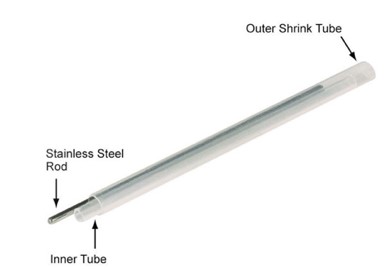
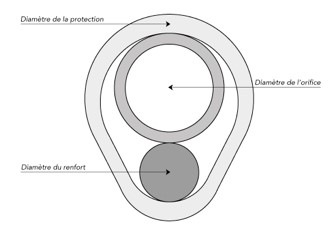
Image of protection sleeve being placed in an oven:

Types of protection sleeves:
Protection sleeves come in a variety of lengths and diameters. Outer diameters can range from 1.2 mm to 3.0 mm and lengths from 25 mm-60 mm. Mini-series sleeves are typically between 1.5 mm and 2.0 mm. Micro-series sleeves are 1.5 mm or smaller in diameter.
Image of different length protection sleeves:
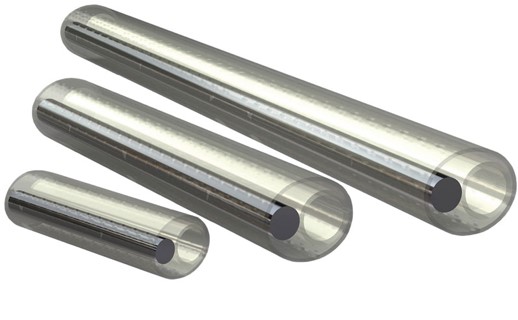
In addition to having varying lengths and diameters, there are also many different manufacturers. Examples of some manufacturers are listed below.
| Manufacturer | Sample Part Number |
| Huber & Sunher | (SPL-PR-HS-1.5 x 40mm) - mini |
| Sumitomo | FPS-6-5P |
| AFL | FP-40, FP-60 |
| Corning | |
| Commscope | Smoov-1120-02 |
| Fusion 2000 | |
| ANT | |
| SMK Mini | FBS-MKS-30 |
| And many others... |
|
When selecting your protection sleeve you should take into account the fiber splice tray to ensure the tray will hold the sleeve.
Image of splice tray:
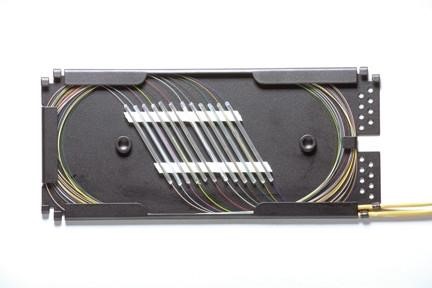
Jonard's Protection Sleeve Insertion Tool, the Quick Sleever® ! (Part number PSI-15):
There is currently no other tool like the Quick Sleever® PSI-15 available on the market today. Fiber to the home (FTTH) is being deployed in many countries throughout the world. These long distance infrastructure cables with >2000 SM (single mode) fibers are being laid or strung to give more people access to fiber optic networks.
As in most businesses, speed of operation is essential in order to save time and money. The PSI-15 aims to make the splicing and installation process more efficient and reduce the time installers need to perform splices.
- When a 96 count fiber cable has to be installed and spliced many repetitive actions have to take place
- Each fiber needs to be covered by a fiber protection sleeve before the fusion splice takes place
- Fiber is only 250 microns (µm) and the opening of the sleeves are around 1 mm-2 mm (this is extremely small)!
- Therefore, aligning the fiber to the sleeve can be very tedious for even the most experienced technician (or near impossible)!
- Now imagine doing this 96 times!
- Each fiber needs to be covered by a fiber protection sleeve before the fusion splice takes place
- Example: assume with every 15 splices you save 4 minutes
- 96-fiber cable the saving is 25.6 minutes
- If the hourly rate of installers is $60, on every 96 cable splice the saving is $25.60

The Jonard Quick Sleever® (PSI-15) makes the operation of putting the fiber into the sleeve so simple you don't even have to look!
- Stores 15 sleeves at once
- Picks up each sleeve separately
- Rubber feet keep the tool in place to prevent slipping
- Less than 20/20 vision or unsteady hands are no longer an issue as the fiber automatically finds its way into the first available sleeve
- Inexperienced technicians can do the job
- Less fatigue and frustration
- Save time and money while being more efficient and making the job fun
